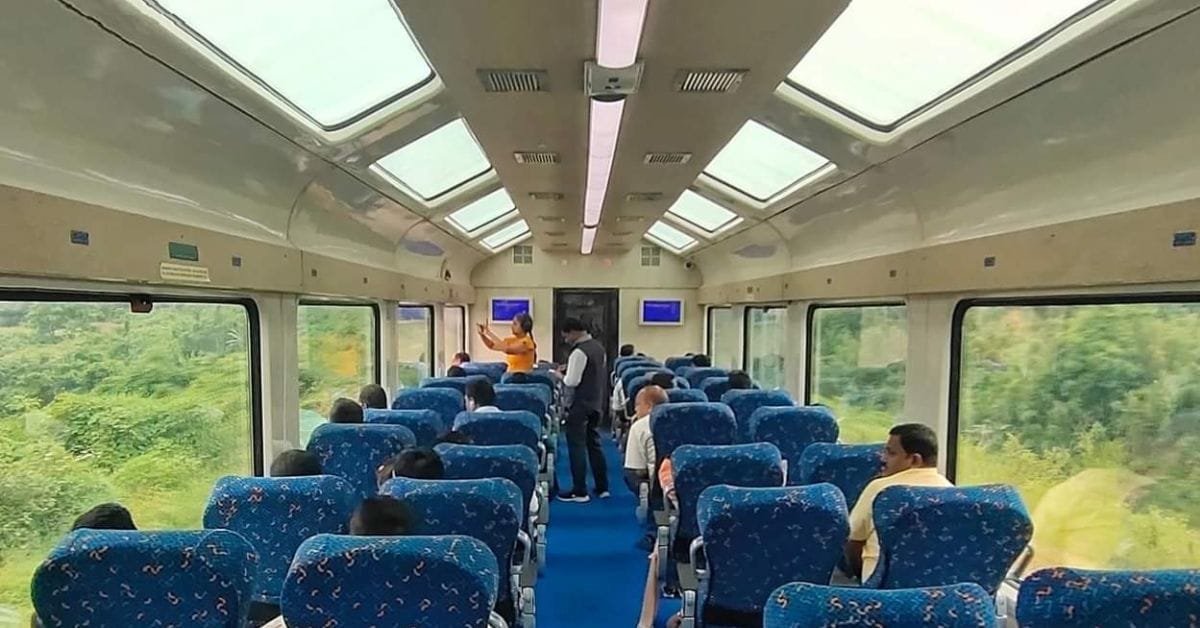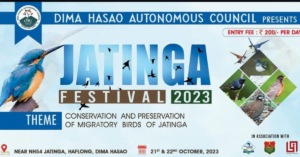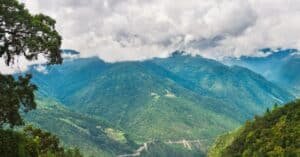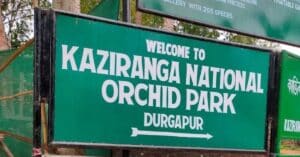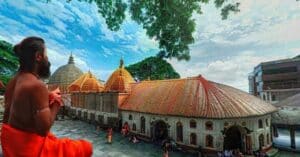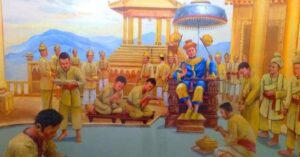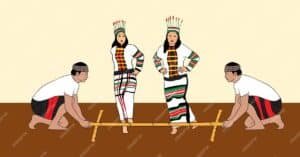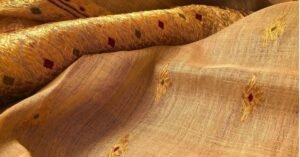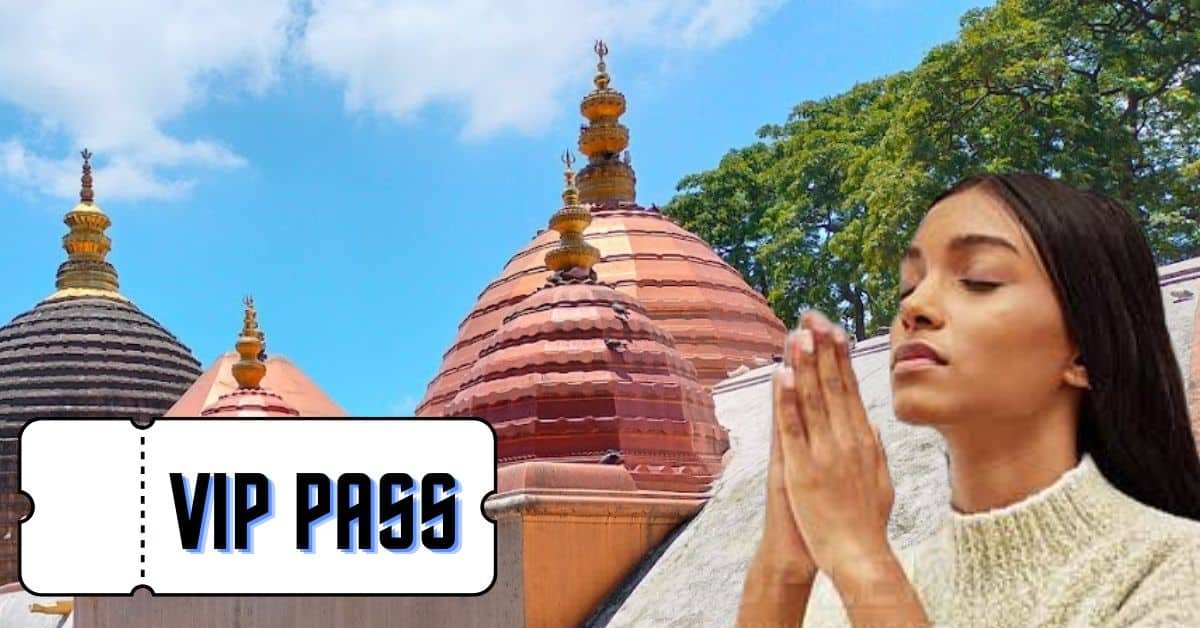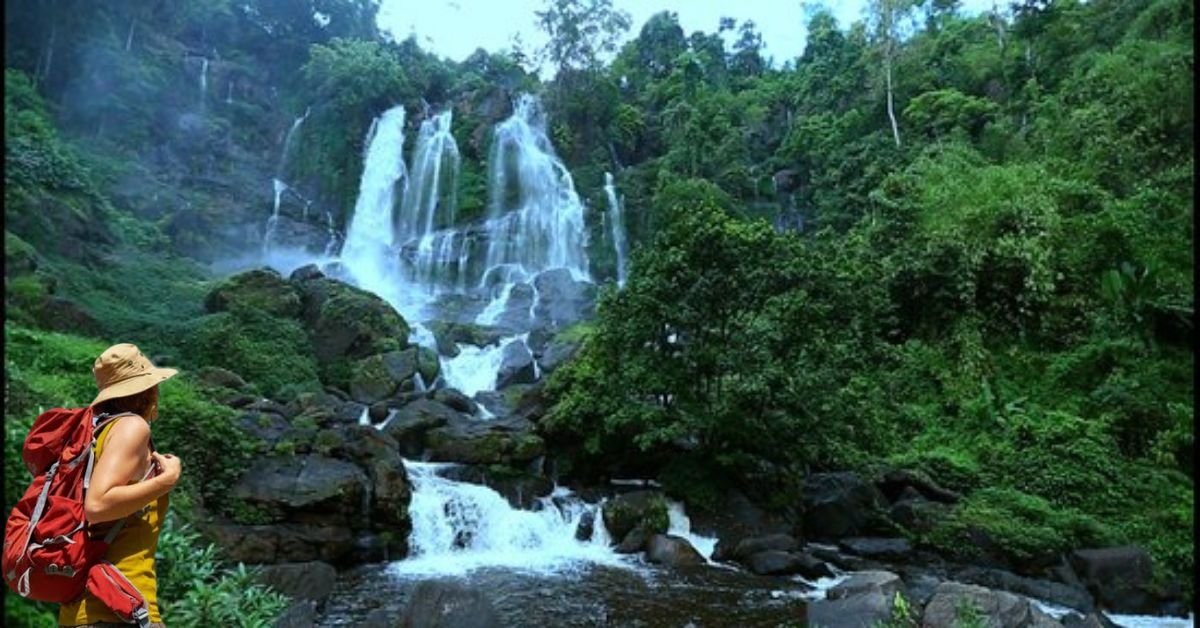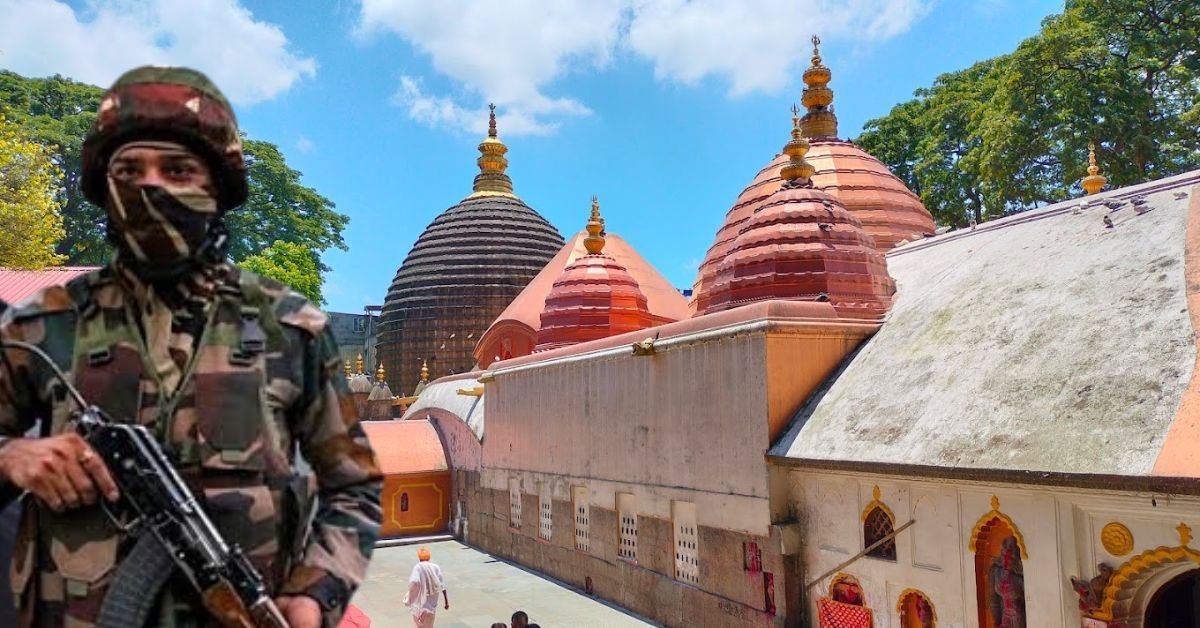Haflong, often referred to as the “Scotland of Assam,” is the only hill station in the state and serves as the headquarter of the Dima Hasao district. Nestled amidst stunning landscapes, it’s the perfect base to explore the many gems of Dima Hasao. In a previous blog, we covered the top tourist spots in Haflong, but today’s post takes a more focused approach. Join us as we dive into a detailed Haflong tour itinerary, experienced firsthand via the scenic Vistadome train. From places to visit, accommodations, and hidden gems, this guide will walk you through everything you need to explore Haflong.
Why Vistadome Train To Haflong?
While many travellers explore Haflong by road, taking a train offers a different and beautiful experience. The train in this route moves through green paddy fields, small village stations, and peaceful ponds filled with bright lilies and lotuses. The gentle movement of the train, combined with the fresh, earthy air, makes the journey feel even more special.

The Vistadome train offers a unique and luxurious travel experience, perfect for those who love to soak in the beauty of the landscape. With its large glass windows, transparent roof, and rotatable seats, passengers can enjoy panoramic views of lush scenery, from rolling hills to serene water bodies. The train’s observation deck, along with its photography-friendly design, makes it ideal for capturing stunning views.
Haflong Tour Itinerary : Starting Your Journey
To begin your Haflong tour itinerary, book a ticket on the Jan Shatabdi Express (train no. 12067), which operates every day except Sunday. The train departs from Guwahati Railway Station at 6:20 AM, and tickets are typically available if booked a week in advance. From Guwahati, head to Diphu Railway Station, which is about a 3.5-hour ride. From Diphu, you can easily reach Haflong by hiring a local vehicle. Alternatively, there are other trains running between Haflong and Diphu Railway Stations, and these usually don’t require advance booking. You can easily reach Haflong by 10 AM.
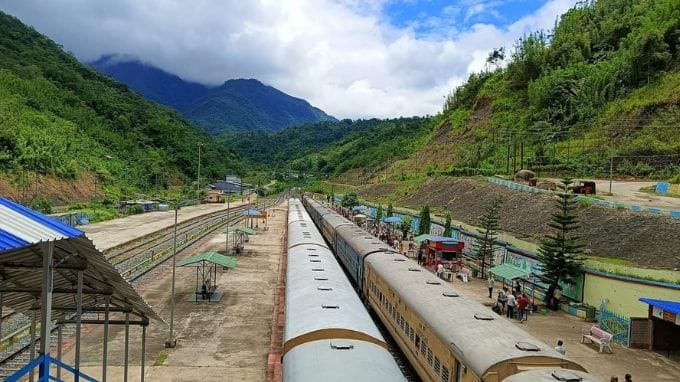
Haflong Tour Itinerary : Day 1
After checking into a cosy homestay, we set out to explore Longso Kangthu or Siloni Eco-Tourism Park. Located 27 kilometres away from Haflong, along the sacred banks of the Longnit River, the picnic place offers breathtaking views. It is a family picnic places of Karbi Anglong. There is a children’s park inside the eco park. There are three bridges inside Siloni Picnic Spot to cross the river.
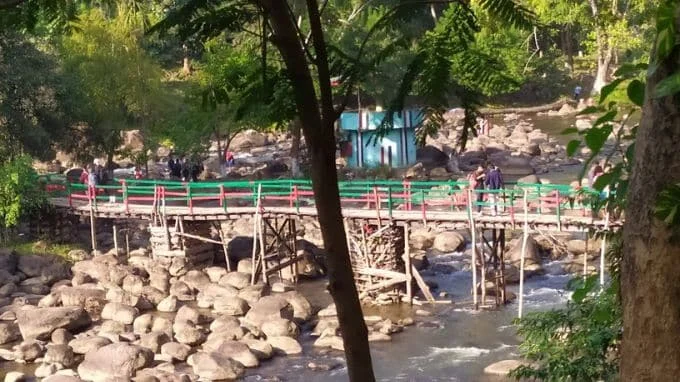
From there, a short climb leads to another magnificent spectacle, the Langvoku Waterfall in Dillai — a paradise for Nature enthusiasts and butterfly lovers.
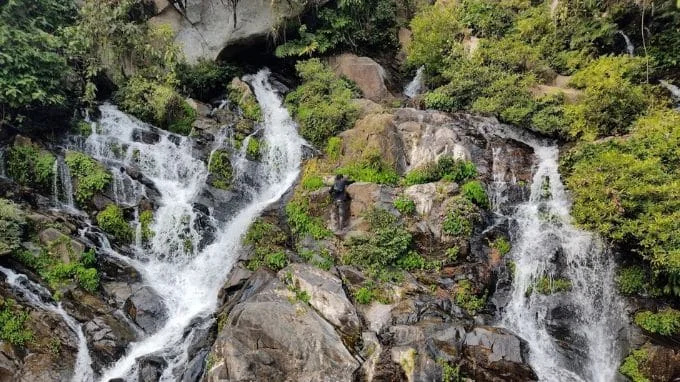
Since Day 1 was quite tiring, especially with an elderly couple in our group, we didn’t do much exploring. Instead, we returned to our homestay to rest and recharge, ensuring we were ready to start Day 2 of our Haflong tour feeling refreshed.
Haflong Tour Itinerary : Day 2
Depart for Dikrutpi/Bhelughat Waterfall
Start your day with a scenic three-hour drive to Dikrutpi or Bhelughat Waterfall, a hidden gem surrounded by lush wilderness. This waterfall in Karbi Anglong district is the source of the Dikrutpi River. The drive to waterfall from Haflong is particularly beautiful during the monsoon when the greenery is in full bloom. Spend some time soaking in the beauty of this majestic cascade and its tranquil environment.
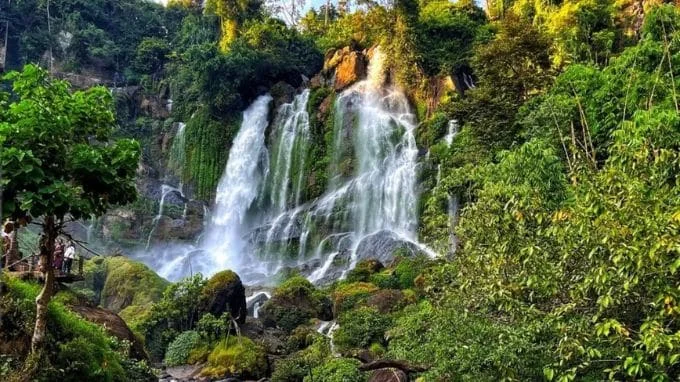
Explore Surrounding Villages
On your way back to Diphu, stop at several unique villages and landmarks for a deeper understanding of the local culture.
• Paklongkam: Get a glimpse of local village life.
• Teke Langjun: Enjoy the beautiful countryside views.
• Nopakghat (Garo village): Learn about the Garo community’s lifestyle.
• Bura Gohain Than: Visit this sacred place of local historical significance.
• Etpo Taro & Habe Rongphar Villages: Immerse yourself in the vibrant culture and traditions of the Karbi people.
• Mahamaya Than & Silveta at Dokmoka: These are must-see stops for a spiritual and cultural insight into the region.
Visit the Nothengpi-Karbi Heritage Museum
After exploring the villages, head to the Nothengpi-Karbi Heritage Museum. Dedicated to the iconic ‘Nothengpi’ earrings worn by Karbi women, the museum provides a fascinating look into Karbi culture, with displays of artifacts showcasing daily life and sacred practices.
Cuisines to explore during Haflong Tour
Karbi Anglong and Dima Hasao, rightly called the Land of Vegetables, are a paradise for food lovers. As evening falls and the aroma of local dishes fills the air, you can settle down at a roadside stall to enjoy smoked chicken and pork. During our visit, we had the pleasure of trying a traditional Karbi breakfast, which included rice cakes (Karbi Ahim), fragrant black tea (Sa-ke-er), and tender pork cooked with dried bamboo shoots (Phak Ok Ke-ur).
Souvenirs to collect during Haflong Tour
While exploring Haflong, make sure to visit Diphu’s vibrant markets (closed on Sundays), where you’ll find a variety of handcrafted tribal items, especially those made from wood and bamboo. These markets offer unique souvenirs that reflect the rich cultural heritage of the region. A must-buy are the traditional “Pekok” and “Seleng” — beautifully woven upper body garments for women. These pieces have garnered significant attention in the fashion world, thanks to the Karbi Youth Festival (KYF), making them both meaningful and stylish souvenirs from your trip.

